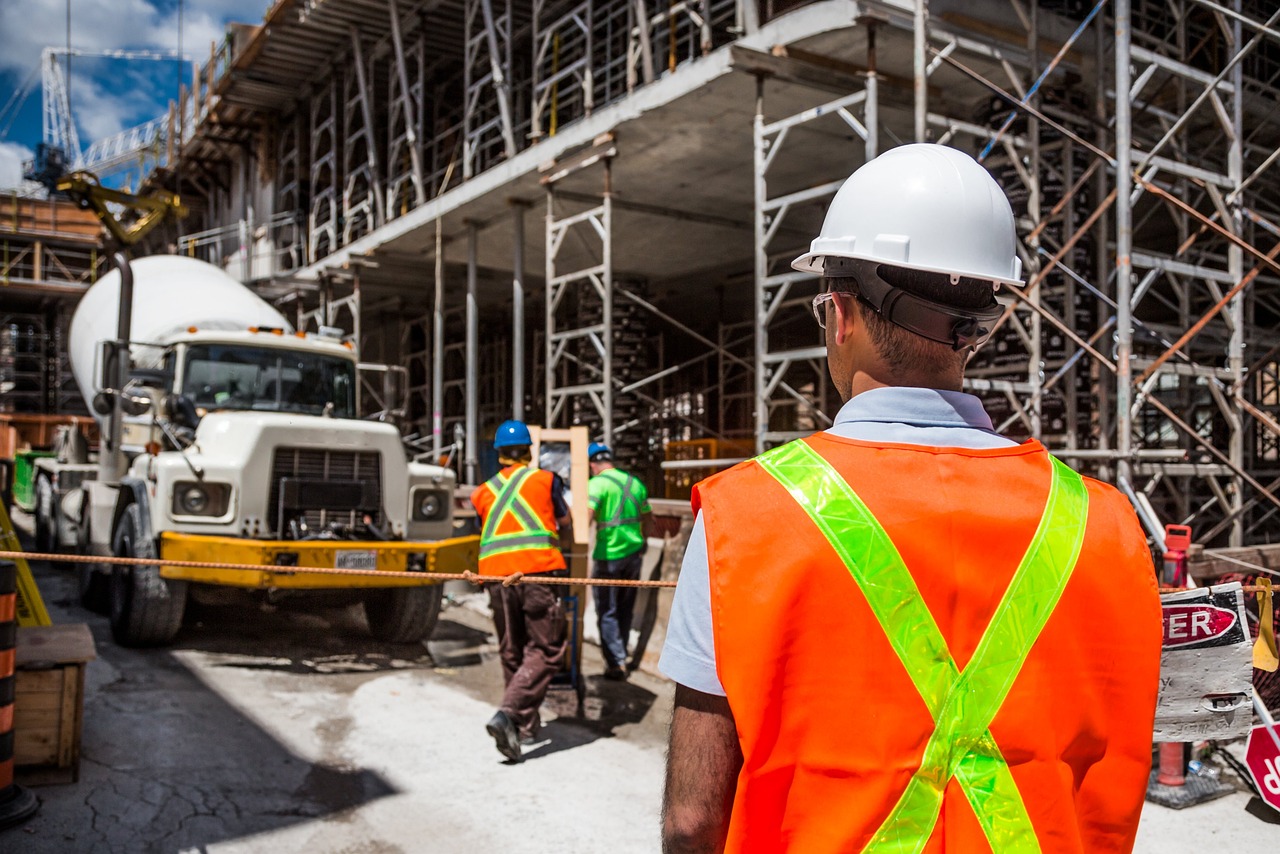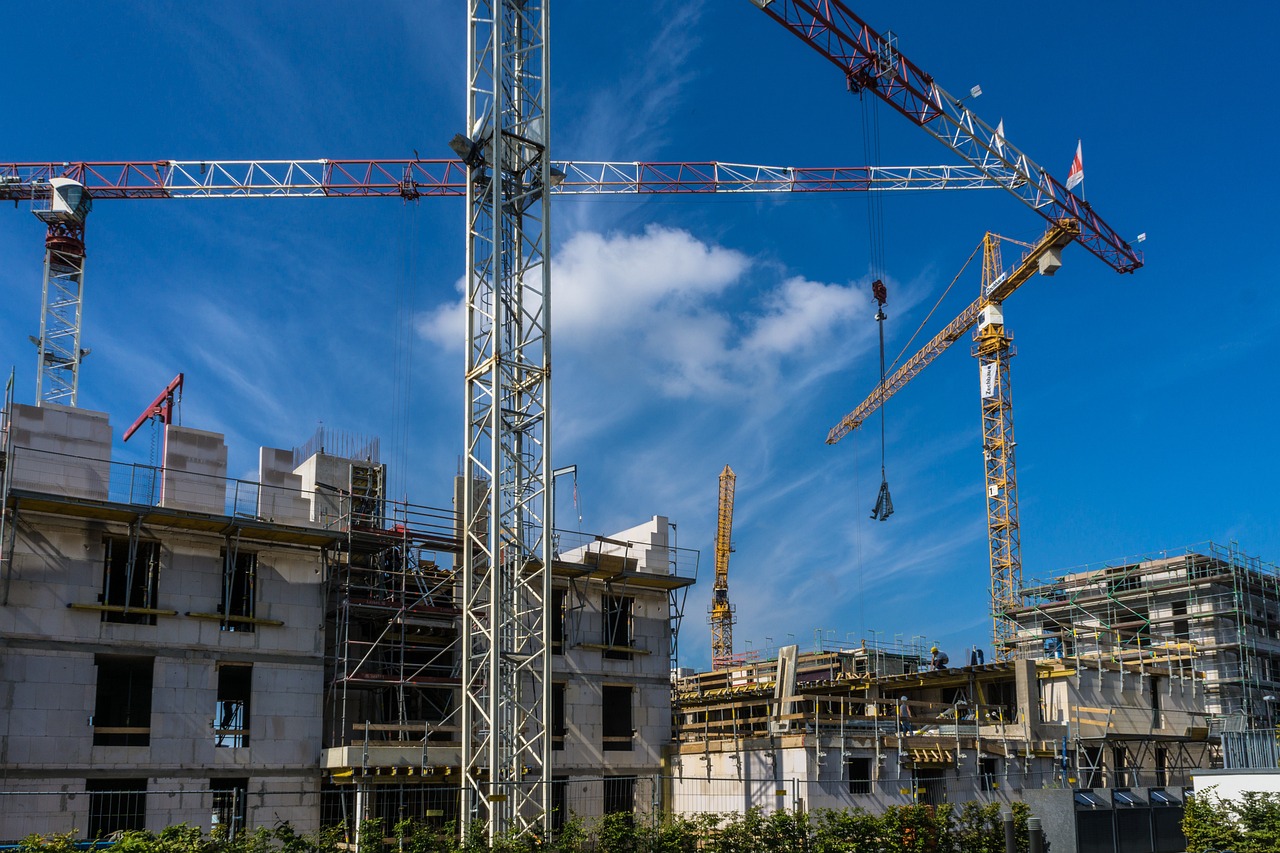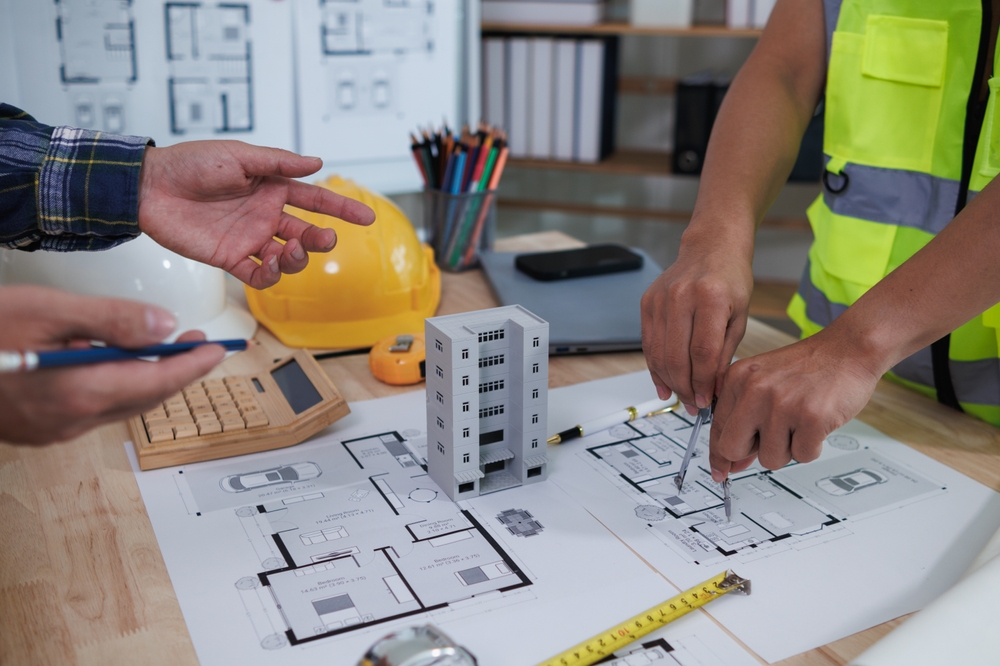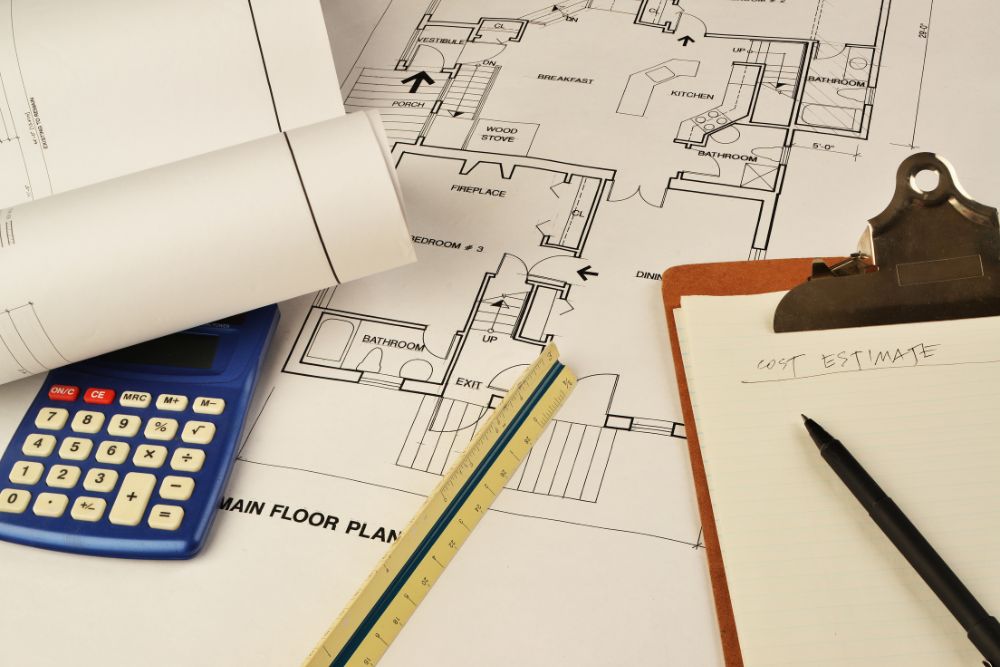Concrete is the backbone of most construction projects, strong, reliable, and built to last. But one question always comes up before the project moves forward: how long does concrete setting take? Getting this timing right is crucial. If concrete doesn’t have enough time to set properly, it can lead to cracks, weak spots, or costly repairs later on.
Typically, concrete begins to set within 24 to 48 hours, but the exact time depends on several factors like temperature, humidity, and the type of mix you’re using.
In this guide, we’ll explain how long the setting process usually takes, what affects it, and a few smart ways to make sure your concrete hardens the right way, strong, smooth, and ready to last for years.
What Does “Setting” Mean in Concrete?
When we talk about concrete “setting,” we mean the stage when it starts turning from a wet mix into a solid surface. This happens when water reacts with cement in a process called hydration. As the reaction continues, the mix slowly hardens and gains strength.
There are two main stages in this process. The initial set starts within a few hours, when the concrete becomes stiff and hard to work with. The final set comes later, once it’s firm enough to handle light pressure or weight.
But setting and curing aren’t the same. Even though concrete feels hard after setting, it still needs time to cure and reach full strength. Knowing this difference helps prevent cracks or weak spots caused by using it too soon.
How Long Does It Take for Concrete to Set?
Concrete usually begins to set within 24 to 48 hours after pouring. During this time, it becomes firm enough to walk on or remove the forms. However, this doesn’t mean it’s fully strong. Concrete keeps hardening over time, reaching most of its strength after about 7 days, and full strength in around 28 days.
The exact setting time can vary. It depends on the weather, the water-cement ratio, and the type of mix you’re using. For example, in hot weather, concrete can set faster, while in cold or humid conditions, it may take longer.
If you’re working on a project, it’s best to check the mix instructions or consult a professional before applying any load or finish.
Different Types of Concrete and Their Setting Times
Concrete is available in several types, each designed to meet specific project requirements and set timelines. Understanding these variations helps ensure better planning and efficient construction.
1. Quick-Setting Concrete:
This type hardens within 20 to 30 minutes, making it ideal for small-scale repairs, patching, or emergency applications where time is critical.
2. Standard Concrete (Portland Cement):
Commonly used in most residential and commercial projects, standard concrete typically begins setting within 2 to 4 hours and reaches its final set in 4 to 8 hours. Full curing and strength development occur over several weeks.
3. High-Performance Concrete:
Formulated with supplementary materials such as silica fume or fly ash, this mix offers higher strength and durability. It usually takes 4 to 6 hours for the initial set and 6 to 10 hours for the final set.
4. Slow-Setting Concrete:
Used in large or complex structural projects, this mix allows extended workability. The initial set occurs within 6 to 8 hours, while the final set can take up to 12 hours.
Factors Influencing the Setting Time of Concrete
Several factors can change how fast or slow concrete sets. Even a small change in conditions can make a big difference. Here are some key things that affect the setting time:
- Temperature: Hot weather makes concrete set faster, while cold weather slows it down. That’s why most contractors plan pours in moderate conditions.
- Water Content: Too much water weakens the mix and delays setting. The right water-to-cement ratio ensures better strength and consistency.
- Type of Cement: Fast-setting or special-purpose cement can harden quickly than regular cement.
- Additives and Admixtures: Chemicals like accelerators can make concrete harden faster, while retarders slow it down for better workability.
- Humidity and Wind: Dry or windy conditions cause moisture to evaporate too quickly, which can lead to cracking and uneven curing.
 How to Test Concrete Setting
How to Test Concrete Setting
Testing how long concrete takes to set is an important step to ensure it’s gaining strength properly before moving to the next stage of construction. There are a few reliable methods to check whether the concrete has started or finished setting.
1. Penetration Resistance Test
This is one of the most common methods used on-site. It measures how much pressure is needed to push a needle into the concrete surface. As concrete sets, it becomes harder, and the needle’s penetration decreases.
- Initial set: When penetration resistance reaches around 3.5 MPa (500 psi).
- Final set: When resistance reaches about 27.6 MPa (4,000 psi).
2. Proctor Needle Test
A simpler field test, the Proctor Needle provides a quick check of setting progress. The needle is pressed into the surface, and the reading on the dial gauge shows how firm the concrete has become. It’s widely used for field quality control on small to medium projects.
3. Setting Time by Vibration
In this method, a small sample of concrete is vibrated. If the concrete still moves or settles, it hasn’t set yet. Once vibration no longer affects the sample, it indicates that the setting is complete.
4. Touch and Appearance
While not a lab-standard method, experienced workers often check by touch. When concrete starts setting, the surface becomes firm but not fully hard, and pressing lightly won’t leave deep marks. This quick visual and tactile check helps monitor progress during pouring.
Common Mistakes to Avoid During the Concrete Setting Process
Concrete might seem easy to pour, but a few small mistakes can cause cracks, weak spots, or uneven surfaces. Here are some common things to avoid when letting concrete set.
- Adding Too Much Water: Extra water makes concrete easier to work with, but it also makes it weaker. It can take longer to set and may crack later. Always follow the mix instructions carefully.
- Pouring in the Wrong Weather: If it’s too hot, concrete can dry too fast. If it’s too cold, it may not set at all. Try to pour concrete when the weather is mild, or use covers or heaters to protect it.
- Skipping Curing: Curing keeps the concrete moist while it hardens. If you let it dry too quickly, it won’t reach full strength. Cover it with plastic or spray it with water for the first few days.
- Finishing Too Early: If you start troweling or smoothing the surface before the extra water disappears, you might trap moisture inside. This can cause cracks later. Always wait until the surface looks dull, not shiny.
- Removing Forms Too Soon: Taking off the molds or supports before the concrete is ready can cause damage. Wait at least 24 to 48 hours before removing them so the concrete can hold its shape.
- Poor Mixing: Using bad materials or not mixing well can lead to uneven strength. Always use clean water, quality cement, and the right amount of sand and gravel.
FAQs
Can I pour concrete over 2 days?
Pouring concrete on different days isn’t ideal because it can cause weak joints. If needed, clean the old surface, roughen it a bit, and use a bonding agent before adding the new layer.
Is rain bad for curing concrete?
Light rain usually doesn’t harm curing concrete, but heavy rain can damage the surface and wash away cement. Always cover fresh concrete with plastic or a tarp to protect it from rainfall.
Can you walk on concrete after 8 hours?
It’s better to wait at least 24 hours before walking on new concrete. After 8 hours, it may look firm but is still soft inside, and walking too soon can cause marks or cracks.
Should I cover the concrete after pouring?
Yes. Covering helps keep the concrete moist and prevents cracks. Use plastic sheets, wet cloths, or curing blankets for a few days to protect it from heat, wind, or rain while it strengthens.
When to use cement vs. concrete?
Cement is the binding ingredient used to make concrete. Use cement for small repairs or patch work, and concrete for larger structures like driveways, foundations, and walls where more strength is needed.
Conclusion
Understanding how long does concrete setting takes is essential for ensuring your project’s strength, durability, and long-term performance. Rushing the process can lead to surface cracks, reduced strength, and costly repairs, while proper curing guarantees a stable and lasting foundation.
At Prime Estimation, we help contractors and builders plan their projects more efficiently by providing accurate concrete estimating services. Our experts consider mix design, weather conditions, and curing time to help you achieve the best results, on time and within budget.
If you want to avoid guesswork and ensure your concrete sets the right way, contact us today for precise, reliable, and professional concrete estimating services.

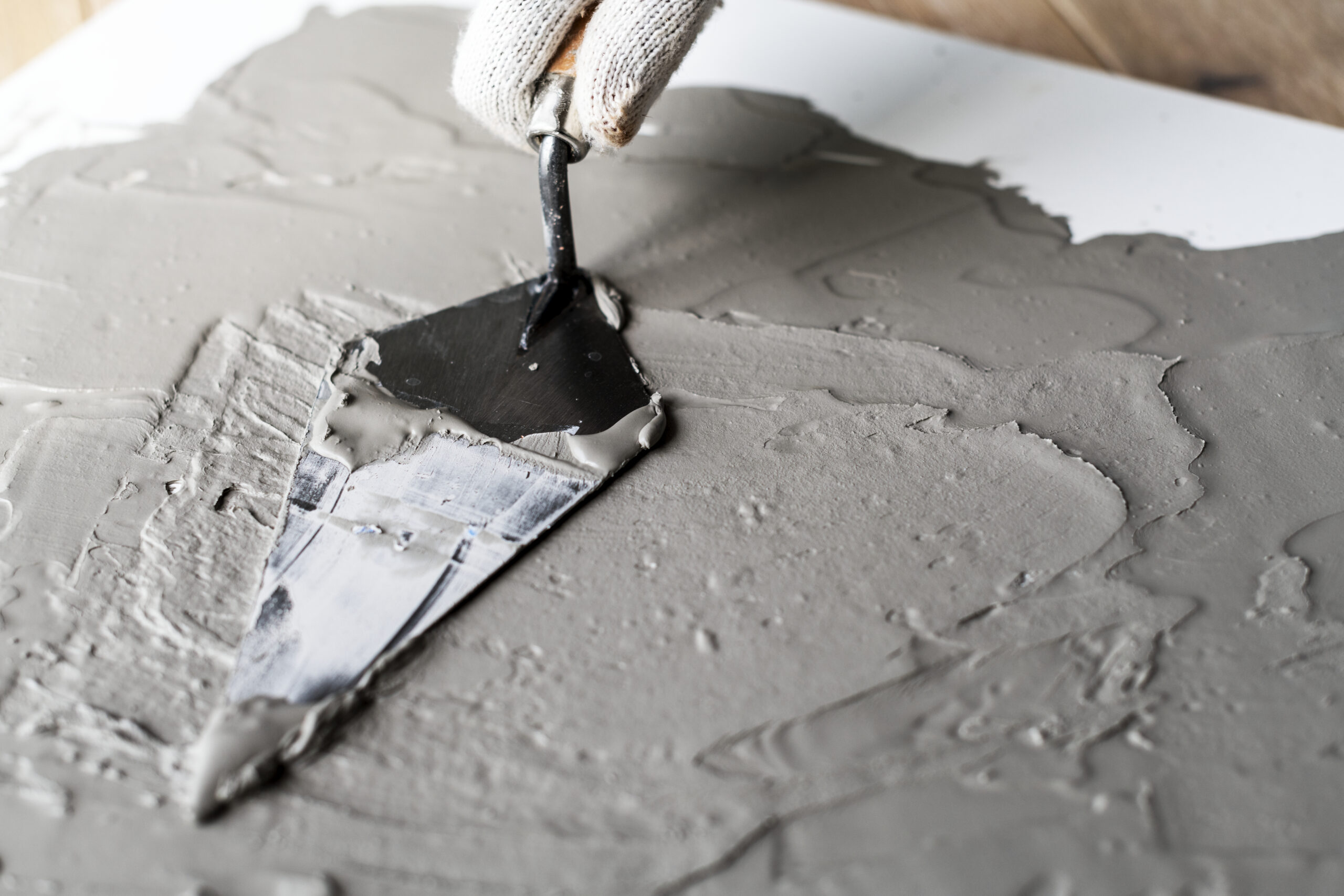
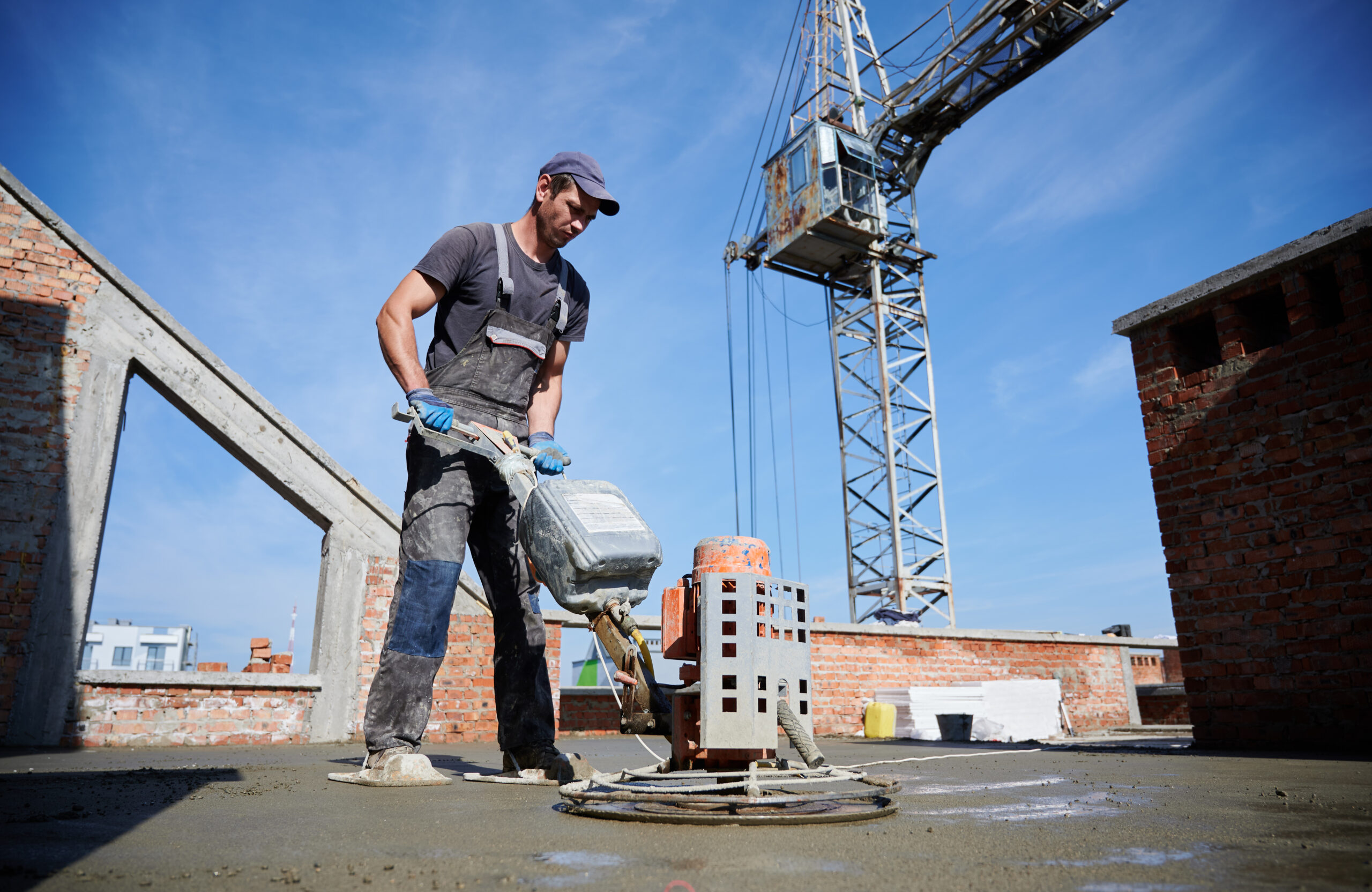 How to Test Concrete Setting
How to Test Concrete Setting

